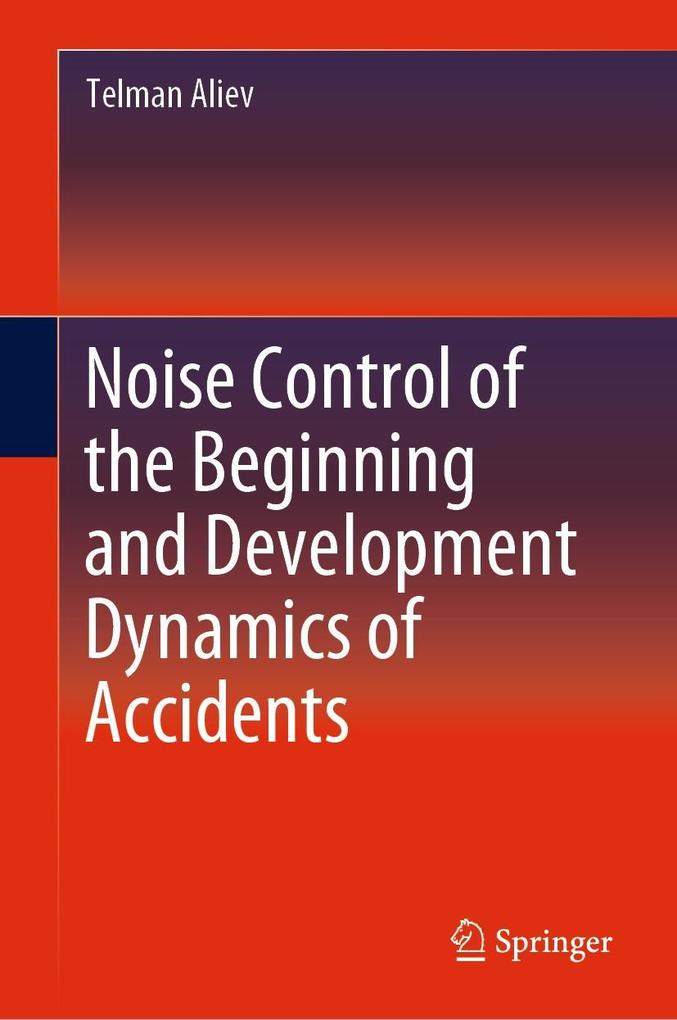
Sofort lieferbar (Download)
This book examines noise-monitoring technologies and tools for registering the threshold of development of the latent period of the transition of a facility or product into an emergency state and controlling the dynamics of this development. It also describes how the use of noise technology can improve the accuracy of the results of traditional methods employed in the analysis of noisy signals. Dr. Aliev analyzes the varieties and stages of the generation and development of defects preceding accidents of technical facilities and devices.
He shows that registration of the beginning of the latent period in the transition to an emergency state, based on the results of traditional data analysis technologies used in monitoring systems, is sometimes belated due to the impossibility of analyzing the noise correlated with the useful signal.
The volume further includes algorithms and technologies for computing estimates of correlation functions, spectral characteristics, andother characteristics of noise.
Aimed at professionals and students from a range of fields, including facility and product design engineering, computer science, computational mathematics, control and management systems, geophysics, construction, energy, and medicine, the book provides numerous examples of noise-control intelligent systems. These include implementations at oil and gas production facilities, drilling rigs, and offshore fixed platforms, as well as within transportation, aviation, power engineering, seismology and medicine.
- Supports creation of systems that increase safety in facilities such as offshore platforms, drilling rigs, sucker rod pumping units;
- Details noise technology applications in seismic activity detection, power engineering, and medical device design;
- Illustrates how accidents in some facilities result from less-sensitive measuring instruments;
- Illustrates applications with numerous example across many domains.
Inhaltsverzeichnis
Specifics And Difficulties Of Control Of The Beginning Of Accident Initiation And Development Dynamics. - Correlation Technology For Noise Control Of The Beginning And Development Dynamics Of The Latent Period Of Accidents. - Algorithms For Forming Correlation Matrices Equivalent To Matrices Of Useful Signals In The Latent Period Of Object s Emergency State. - Spectral Technology For Noise Control Of The Beginning And Development Dynamics Of The Latent Period Of Accidents. - Application Of Technology And System Of Noise Control On Fixed Offshore Platforms And Drilling Rigs. - The Use Of Noise Control Technology And System At Oil And Gas Production Facilities. - Possibilities Of The Use Of The Technology And System Of Noise Control Of The Beginning Of The Latent Period Of Accidents On Technical Facilities. - Using Noise Control Technologies And Systems In Construction And Seismology. - Possibilities Of Using The Noise Control Technology In Medicine.
Produktdetails
Erscheinungsdatum
26. Februar 2019
Sprache
englisch
Seitenanzahl
201
Dateigröße
6,51 MB
Autor/Autorin
Telman Aliev
Verlag/Hersteller
Kopierschutz
mit Wasserzeichen versehen
Produktart
EBOOK
Dateiformat
PDF
ISBN
9783030125127
Entdecken Sie mehr
Bewertungen
0 Bewertungen
Es wurden noch keine Bewertungen abgegeben. Schreiben Sie die erste Bewertung zu "Noise Control of the Beginning and Development Dynamics of Accidents" und helfen Sie damit anderen bei der Kaufentscheidung.









